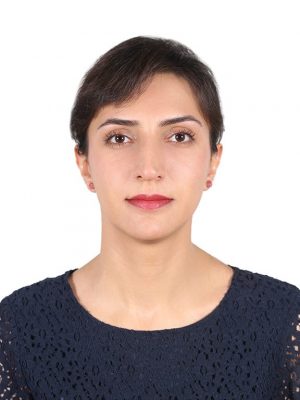
Bahar Haghighat
Harvard University
Postdoctoral Researcher
Bahar Haghighat is a Postdoc in the Self-Organizing Systems Research (SSR) group at Harvard, where in collaboration with Prof. Radhika Nagpal and Prof. Robert J. Wood she works on programmable robotic material and multi-robot systems. Her research is the recipient of the Swiss National Science Foundation (SNSF) Early Postdoc Mobility (EPM) fellowship. She completed her PhD at EPFL, Switzerland, where she worked on programmable self-assembly in systems of resource-constrained robots. Her dissertation was the recipient of the Gilbert Hausmann research award for the best doctoral thesis at EPFL in the fields of mechanical engineering, electricity, and physics as well as the doctoral thesis distinction honor from the EPFL doctoral school of Robotics, Control, and Intelligent Systems. Prior to moving to EPFL, she completed her MSc. studies in Electrical Engineering and her double-major BSc. studies in Electrical Engineering and Physics at Sharif University of Technology, Iran.
Research Abstract:
My research goals are to develop intelligent robotic programmable material and systems whose structural and physical properties can be programmed in response to specific external stimuli. The quest for programmable matter involves the design and fabrication of materials and systems that are capable of changing their physical properties such as structure and shape, density, elasticity, optical properties, etc., in a programmable fashion and based upon signals either in the form of controlled input or autonomous sensing. There are numerous instances of natural systems that respond to external stimuli by changing some of their physical properties. In parallel to the natural world, engineered systems with programmable features can be placed in two general categories: (i) continuous programmable matter: intelligent materials whose programmable features result from the carefully engineered interplay of the particular responses of their ingredients to certain stimuli such as light, heat, magnetic fields, or electrical signals giving them modifiable features such as stiffness, conductivity, etc. and (ii) discrete programmable matter: self-organizing swarms of typically miniaturized intelligent building blocks assembling themselves into different structures where the programmable features are a result of the particular interactions between the intelligent building blocks, for instance how strongly they connect to one another or their relative positioning as they connect.